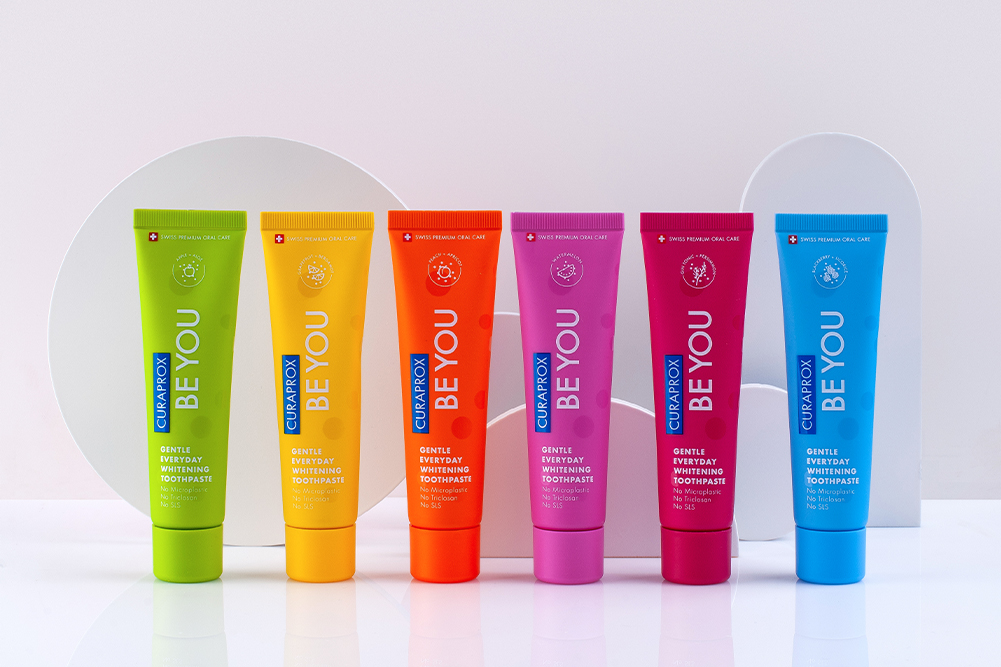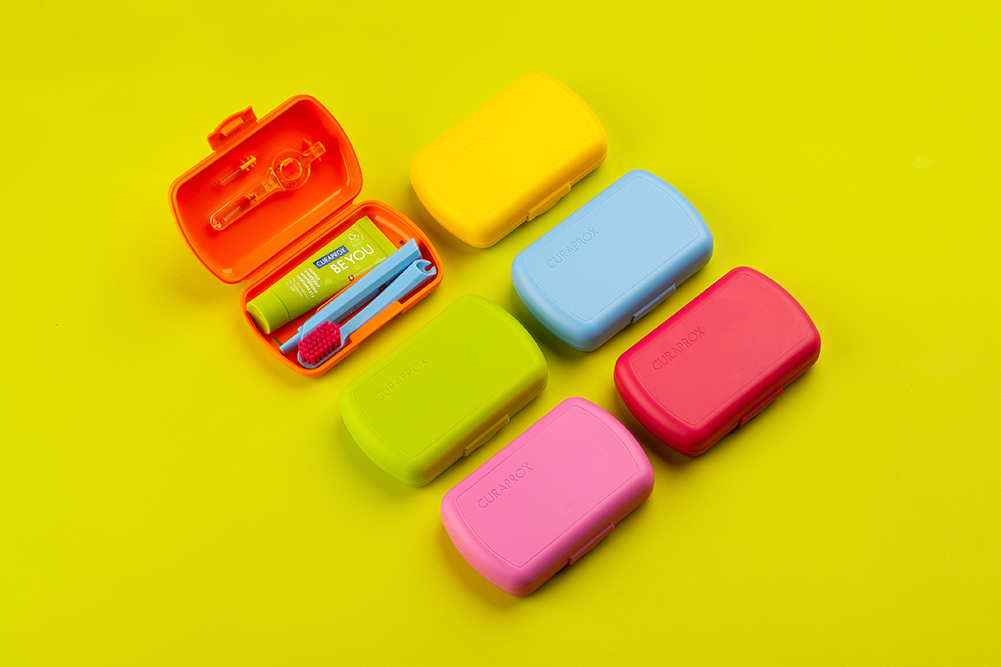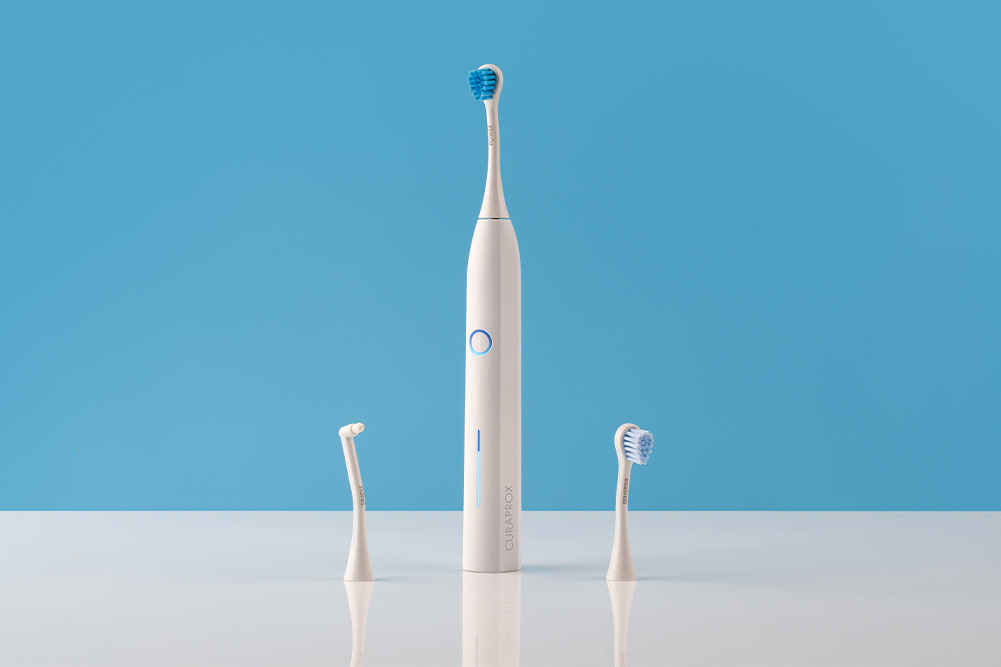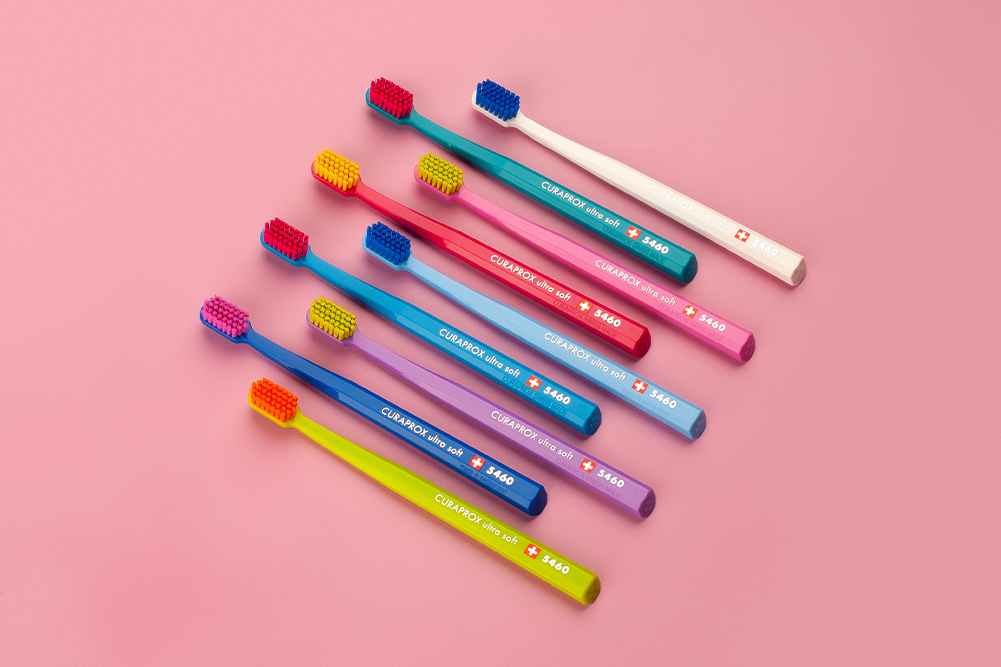Discover why soaking in a warm tub is good for the soul
Soaking in a warm tub is good for the soul — but is it even more than that? Historically, bathing was seen as a way to heal the body, not just from external ailments such as rashes or irritations but also for internal health concerns and wellbeing. Right from the early days, there was an understanding that when you soak in water filled with certain minerals and naturally occurring ingredients your body benefits. It somehow soaked in.
We’ve all heard of the famous daily “milk” bath that was loved by Cleopatra; legend has it she required 700 lactating donkeys to supply the milk for her daily bathing regime — to keep her skin soft and beautiful. And our love of soaking has continued ever since.
Of course, thousands of years on, we now have the science to back up the history. What you take in through your skin directly affects your health and wellbeing, making bathing a very important part of an overall healthcare routine.
The science behind bathing
The skin is the body’s largest organ and, as such, has an amazing ability to absorb elements into the body, filter toxins and deliver nutrients to the blood system. As the skin is also an elimination organ, the body will push out toxins through the skin when the other organs of elimination (gut, liver, kidneys etc) are taxed or burdened. Therefore, soaking in water allows whatever properties that exist within the water to enter into the body’s system.
Studies have shown that magnesium and sulfate are both readily absorbed through the skin; therefore, combining them in an Epsom salt bath is an easy and ideal way to enjoy the amazing health benefits.
It is medically proven that the goodness in the water comes through the skin by a process called transdermal absorption. While one function of the skin is to keep water and moisture in while keeping germs and toxins out, the skin’s other functions — temperature control and detoxification — could not occur if the skin was just a barrier. It works both ways.
A great way to understand it is to imagine a tightly woven fabric. While from a distance it may appear impenetrable, at close range it is actually highly porous. It’s this porous nature of the skin, with its millions of tiny openings, that allows not only sweat and other toxins to escape but also enables the system to work the other way around and absorb things into the body, where they pass into the lymph system and bloodstream.
Different waters have different health benefits, each providing a natural cocktail of elements that the body absorbs to heal and glow. Geothermal waters, cold mineral waters, salts and essential oils: they all have their benefits for your inner and outer health. As Maria Prosperiporta from Hepburn Bathhouse and Spa in Hepburn Springs, Victoria, says, “It’s a very powerful delivery of wellbeing. That’s where the term ‘taking the waters’ comes from. It has been a part of healing for centuries.”
Magnesium or Epsom salt baths
Many of us are deficient in magnesium. Depleted magnesium levels in our food and water, and the imbalance of nutrients in the foods we eat, have left most of us dangerously deficient in magnesium. And while you may try to take it in in other forms, magnesium can be difficult to absorb when taken orally, especially for those with a damaged gut. Some symptoms of low magnesium levels can be inability to sleep or insomnia, irritability, sensitivity to noise, anxiety, depression, restlessness, muscle soreness or spasms, infertility or PMS, high levels of stress, headaches, heart “flutters” or palpitations and fatigue or unusual tiredness. This is where magnesium salt baths become important.
Epsom salt is not actually salt but a naturally occurring pure mineral compound of magnesium and sulfate. Studies have shown that magnesium and sulfate are both readily absorbed through the skin; therefore, combining them in an Epsom salt bath is an easy and ideal way to enjoy the amazing health benefits. Not only do you get the benefit of the magnesium, but the sulfates help improve the absorption of nutrients, flush toxins and help ease migraine headaches.
According to the Epsom Salt Council, a certain amount of magnesium in Epsom salt is readily absorbed through the skin. A study conducted in 2004 by the School of Biosciences at the University of Birmingham in the UK, which measured the magnesium status of participants before and after taking baths containing dissolved Epsom salt, found that prolonged soaking in an Epsom salt bath raises magnesium levels without any adverse effects. The study found that the ideal concentration for using Epsom salt baths to raise magnesium levels is approximately 500g, or two cups, of Epsom salt dissolved in 15 gallons (57L) of water — the amount that can fit in a standard-sized bathtub — and that it’s best to soak for 12 minutes, two to three times a week.
Geothermal baths
A geothermal bath is probably more commonly known as a hot spring bath. Scattered in various locations around the world, these baths have been used for their healing and relaxation properties since humans first discovered them. Because heated water can hold more dissolved solids than cold water, it contains very high mineral content.
“Hot springs soaking has a far-reaching tradition, starting with the indigenous tribes who considered hot springs to be ‘power spots’ in nature.”
Countries that are renowned for their hot springs include China, Costa Rica, Iceland, Iran, Japan, New Zealand, Peru, Taiwan, Turkey and the US. And, while the number in Australia are much fewer, there have been some recent hot springs established after boring down deep into the ground to access natural thermal mineral waters.
“Hot spring soaking has a far-reaching tradition, starting with the indigenous tribes who considered hot springs to be ‘power spots’ in nature,” Ashley Kay from Peninsula Hot Springs, Victoria, says. “Native cultures universally utilised natural waters for healing, purification ceremonies and tribal meetings.
“Nowadays, though, we have the scientific study of the therapeutic benefits of mineral bathing and, although seldom practised in Australia, hot springs therapy is very much a part of routine medical care in Europe and Japan.”
Peninsula Hot Springs, winner of the ecotourism category of the Victorian Tourism Awards 2015, has managed to access deep thermal waters. It claims the benefits of bathing in geothermal baths can include improving circulation, reducing high blood pressure, helping to eliminate body toxins and promoting healthy skin. Some researchers believe bicarbonate baths (bicarb is naturally present in hot spring waters) also assist cardiovascular disease and nervous system imbalances. And mineral springs naturally rich in chlorides, in amounts between 0.5 and 3 per cent, are considered beneficial for rheumatic conditions, arthritis, central nervous system conditions and post-traumatic and post-operative disorders.
Cold mineral baths
The benefits of cold mineral bathing are equally extensive. Over its 120-plus-year history, Hepburn Bathhouse and Spa has documented cases of healing from arthritis, depression, skin disorders, diphtheria and even consumption. “Basically, it was used to get over hangovers — [a quality that] is very well known in Europe,” Maria Prosperiporta says. “They go to a bath on the morning after!”
As a self-drawing cold mineral bath, the chemical composition and types of gases that are present at Hepburn spas can change regularly. The most common dissolved minerals and gases include calcium, sodium, magnesium, potassium, chloride, silicon dioxide, iron, bicarbonate, carbon dioxide and hydrogen sulfide.
“It can vary from one day to another, and we test the water every day to determine what is in there and at what level, because we can’t control what Mother Earth is boiling up underneath,” says Prosperiporta. “But what we will find is potassium, which is for the nervous system. We have magnesium, which is really the natural stress reducer and is excellent for the immune system and amazing for your kidneys, bones and muscles. There’s sodium, iron and calcium; chloride, which is great for the skin, sulphate and silica, and bicarbonate.”
Mineral bathing is recommended for 30- to 45-minute periods, to allow the skin to absorb the minerals in the water but not overload the system. Not only are there direct health benefits, the effect on wellbeing, stress and relaxation is also significant.
Regular use has a direct effect on the endocrine system, simply by allowing the body to fully relax over a period of time. The adrenal glands produce stress hormones such as adrenalin. Under conditions of chronic stress, they work overtime, which throws the endocrine system out of balance. By soaking away stress, the workload of the adrenal glands is decreased, restoring balance to the endocrine system.
Says Prosperiporta, “It’s the best delivery of wellbeing you can find. That’s why people have been coming here for 127 years!”
DIY baths
While there’s no way to completely get all the benefits of soaking in a naturally occurring mineral bath, there are still some benefits of running the bath at Home on a regular basis. By ensuring you have the best-quality salts and minerals to soften the water, and by replicating the naturally occurring benefits, you can make bathing at home part of your regular healthcare routine.
“The wonderful thing is that the skincare and natural Beauty world is starting to formulate products that allow us to take some of these wonders into our homes,” says Prosperiporta. “There are beautiful products that are made from Himalayan and Celtic salt and minerals — and these minerals have the trace elements in them. So, you can take home some of the salts and minerals you would find in our baths. Of course, it wouldn’t be as strong as our baths, but it is certainly better than plain water bathing.”
By soaking away stress, the workload of the adrenal glands is decreased, restoring balance to the endocrine system.
Often one of the best ways to get the benefits of bathing at home is to introduce essential oils into the water. Combining the benefits of the chosen oils with the act of relaxation is a wonderful way of unwinding and allowing the body to slow down and heal.
Start by adding seven drops of essential oils to a carrier oil. If you have sensitive skin, or have not tried a particular oil before, it’s best to do a patch test first or start with a smaller amount. If you don’t want to use a carrier oil in the water, you could mix the essential oil with a small amount of natural and organic bath wash and then add the mixture to your bath. Although it gives off a wonderful aroma to add the oils to a running bath, the oils would evaporate at a very high rate and, for this reason, it’s best to add the oils after you have run the bath and then mix in by hand. For children aged 4–12, as well as elderly people, only add four drops of oil per bath.
For a sensuous bath, try sandalwood, rose, ylang ylang, patchouli or jasmine. For skin-soothing benefits, try Roman or German chamomile, lavender, patchouli or sandalwood.
Using aromatherapy with bath salts is also a great natural healing remedy. Bath salts typically comprise sea salt or rock crystal salt and are available in several grain sizes. Adding an oil to the salts allows you to combine the therapeutic and aromatic benefits of the chosen essential oils with the benefits of the salts.
A disadvantage of fragrancing bath salts with essential oils is that the aroma of the salts can significantly diminish by the time the salts are used in the bath. Ideally, bath salts should be added under running water so the salts can dissolve before getting into the tub. Yet, while it can be a bit uncomfortable to rest in the bath on undissolved grains of salt, adding bath salts under running water means the aroma can dissipate too quickly. It’s better, then, to combine the two separately: the salts with the running water, and then the essential oil in the carrier oil.
Make bathing part of your life
As with so much of the health and wellness world, it’s becoming increasingly clear that the ancient ways of healing have an amazing effect on our bodies. The science has caught up with the history and it’s now obvious that soaking in naturally occurring baths — or as close as you can get in your own home — is not only a lovely way to unwind but can also help heal a vast array of illnesses and ailments.








